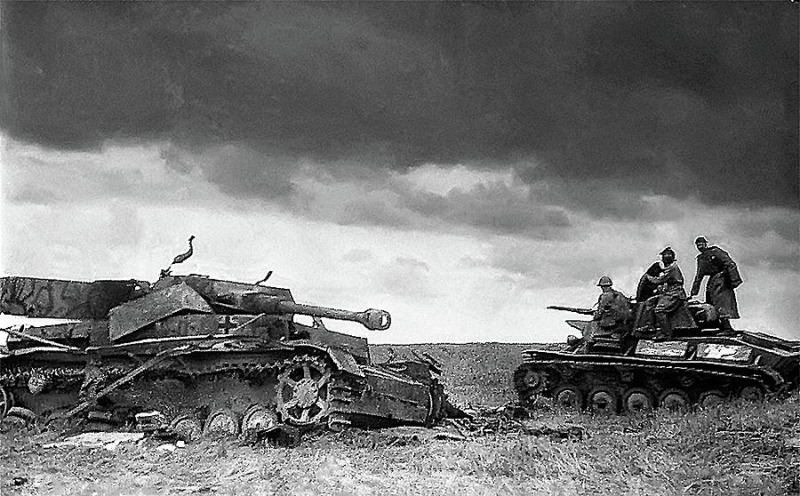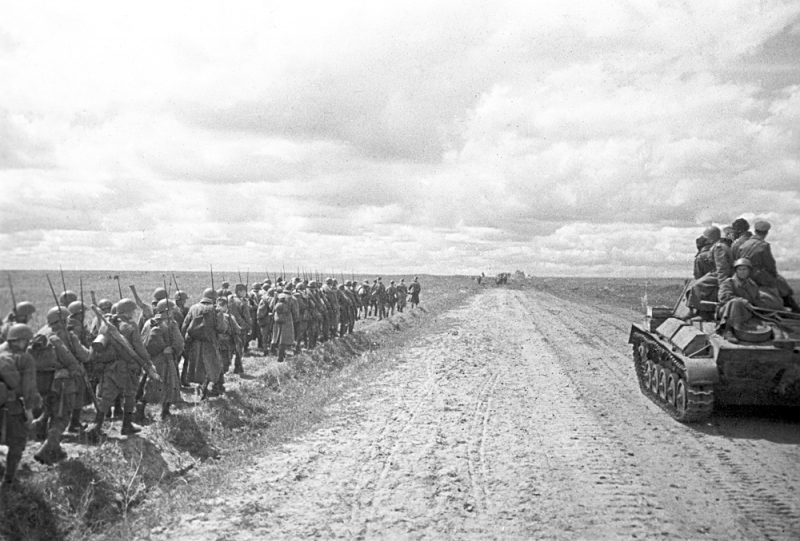Battle Of Kursk
It's challenging to grasp just how large the World War II Battle of Kursk was. It is frequently referred to as the greatest significant fight of World War II because it effectively brought an end to the German war machine and shifted the tide of the conflict in the allies' favor on the eastern front.
It is without a doubt the largest tank combat in history. The gigantic confrontation, which encompassed more than two million soldiers, 8,000 tanks, and 5,000 warplanes, was actually composed of numerous offensives and counter-offensives that stood alone as separate battles.
German forces attacked the Soviet front line from July 5 to August 23, 1943, in a last-ditch effort to turn the tide of Operation Barbarossa. A win here may severely hamper the Soviet forces moving toward Berlin. However, the Soviet generals were able to foresee the onslaught and had previously set up anti-tank batteries and strengthened defense lines prior to the German assault.
It was ultimately won by the USSR, which decisively put the German army on the back foot and prepared the way for the huge Soviet offensives of 1944 and 1945, even though there were times when both sides appeared to have a chance to win.
Date: 5 July 1943 – 23 August 1943 (1 month, 2 weeks and 4 days)
German offensive: 5 July 1943 – 16 July 1943
Soviet offensive: 12 July 1943 – 23 August 1943
Location: Kursk, Kursk Oblast, Russian SFSR, Soviet Union
Result: Soviet victory
Territorial changes: Soviets regain territory along a 2,000 km (1,200 mi) wide front after the battle












